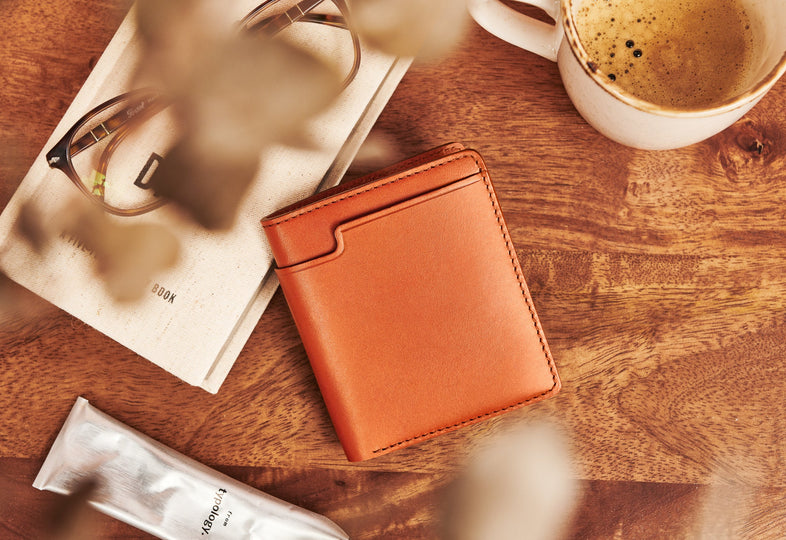Leather is by far the most common wallet material, favoured because of its aesthetic appeal and desirable physical properties. Premium leather can easily cope with the demands of everyday use, including frequent skin contact and exposure to the elements; certain products will actually become more durable over time.
From a visual standpoint, select varieties of high-end leather also improve, softening in texture and forming rich patinas — a process celebrated by leather aesthetes. So, the right leather wallet is a sound investment piece that can last for up to a generation and continue to look great.
Fabrics like nylon and canvas are also frequently used in the manufacturing of wallets. These materials offer a more casual, sporty look and a lightweight feel, ideal for those who enjoy an active lifestyle. Another benefit is variety: fabric wallets are available in a plethora of colours and designs, with greater texture and the possibility of logo prints. Part of the reason why they do not enjoy the esteemed status of leather wallets relates to longevity. Fabric models can quickly become worn and damaged, hence the lower price point.
One material steadily carving a niche in the wallet industry is polycarbonate. Lightweight and extremely hardwearing, polycarbonate is now leveraged to create everything from ultra-slim card cases to minimalist money clips. Sleek and industrial in appearance, these wallets represent a far cry from the traditional leather wallet.
